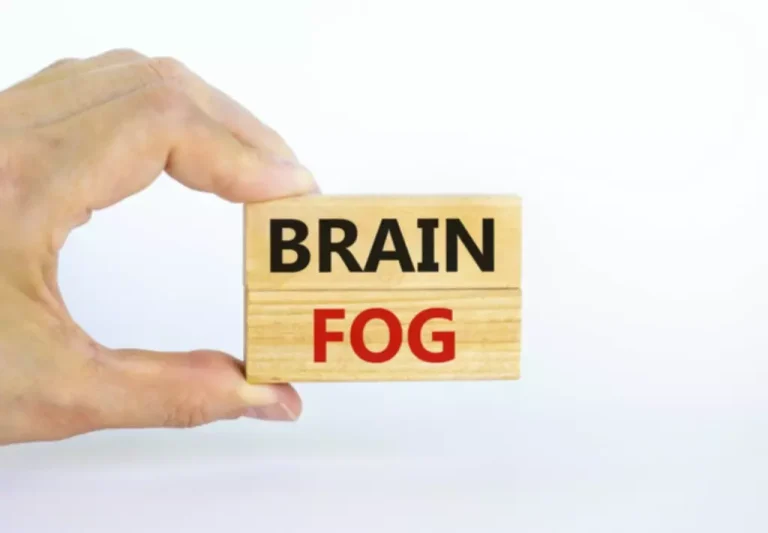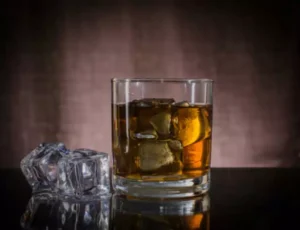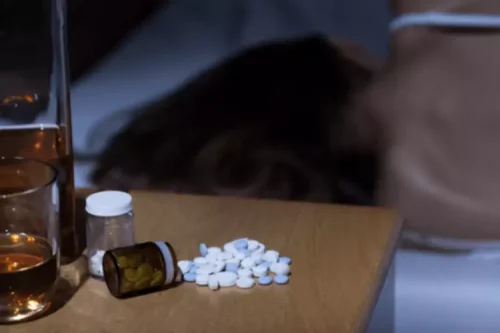
Other studies have shown that alcohol use tends to increase with age during adolescence, with older teens more likely to drink and engage in heavy or binge drinking. According to the Centers for Disease Control and Prevention (CDC), alcohol is the most commonly used substance among young people in the US. The 2019 Youth Risk Behavioral Survey found that more than a quarter of high school students drank alcohol in the 30 days before they took the survey, and one in seven reported binge drinking in that same time period. The first stage involves access to alcohol rather than the use of alcohol, tobacco, inhalants, or other drugs. In that stage, minimizing the risk factors that make a teenager more vulnerable to using alcohol is an issue.
- The third stage involves a youth further increasing the frequency of alcohol use and/or using alcohol and other drugs on a regular basis.
- For example, research demonstrates that the Internet and advertising, including that which occurs on social media, promote drinking behaviors in teenagers.
- Ask a sober adult to drive you instead or call a cab or car service.
- You can start by reaching out to us and we’ll help you take it from there.
Underage Drinking in the United States (ages 12 to

Although the standard drink amounts are helpful for following health guidelines, they may not reflect customary serving sizes. A large cup of beer, an overpoured glass of wine, or a single mixed drink could contain much more alcohol than a standard drink. It’s important to go over any issues you’ve discussed about the dangers of alcohol – and make sure you stick teenage alcoholism to the rules and consequences you’ve agreed. Talk to other parents If you’re going to allow any alcohol at the party, letting them know your plan can help them decide if they’re comfortable for their child to attend. Decide if alcohol is age-appropriate If you decide some alcohol is ok, make sure it’s within the CMOs’ guidelines and stick to the plan.
- For more information about alcohol’s effects on the body, please see the NIAAA Interactive Body.
- Therefore, healthcare professionals recommend limiting access to alcohol or other drugs, addressing any risk factors of the youth or family, as well as optimal parental supervision and expression regarding expectations.
- The 2019 Youth Risk Behavioral Survey found that more than a quarter of high school students drank alcohol in the 30 days before they took the survey, and one in seven reported binge drinking in that same time period.
- Alcohol-induced blackouts are gaps in a person’s memory for events that occurred while they were intoxicated.
- We asked them about their alcohol use, reasons for drinking, alcohol-related outcomes, health and more.
Alcohol and Teens
- More alcohol causes greater changes in the brain, resulting in intoxication.
- If you have a child who’s reached this stage, there are things you can do to keep them safe.
- Sometimes people live in homes where a parent or other family member drinks too much.
- It’s important to go over any issues you’ve discussed about the dangers of alcohol – and make sure you stick to the rules and consequences you’ve agreed.
- Use of alcohol is one way to challenge this authority, but children and adolescents do not fully understand the risks on their health and behavior.
Age, sensitivity to alcohol (tolerance), gender, speed of drinking, medications being taken, and amount of food eaten recently can all be factors. Blood alcohol concentration can continue to rise even when you stop drinking or are unconscious. Alcohol in the stomach and intestine continues to enter the bloodstream and to circulate throughout your body.
Why do some teenagers drink?
Reaction times are slowed dramatically — which is why people are told not to drink and drive. People who are intoxicated may think they’re moving properly when they’re not. When people drink alcohol, it’s absorbed into their bloodstream. From there, it affects the central nervous system (the brain and spinal cord), which controls virtually all body functions. If a person drinks enough, particularly if they do so quickly, alcohol can produce a blackout. Alcohol-induced blackouts are gaps in a person’s memory for events that occurred while they were intoxicated.

Therefore, if someone is a teen or has a loved one who is a teen, it is important to know as much as possible about teenage alcoholism and underage drinking facts. Mental-health professionals should not minimize the approach to those who have experimented with alcohol, since infrequent use can progress to the more serious stages of alcohol use if not addressed. SAMHSA’s mission is to lead public health and service delivery efforts that promote mental health, prevent substance misuse, and provide treatments and supports to foster recovery while ensuring equitable access and better outcomes. As they grow up, children often try to assert their independence and establish their identity. They try to do this in manners that challenge authority, particularly the close authority figures they have followed most of their lives, such as teachers and parents. Use of alcohol is one way to challenge this authority, but children and adolescents do not fully understand the risks on their health and behavior.

Longer-Term Effects of Alcohol on the Brain and Behavior
Keep an eye on things Ultimately, you are responsible for making sure the party is safe. Keep an eye out for things like alcohol being smuggled in in soft drink bottles. You will also want to remove any alcohol stored in cupboards where the party is happening. It’s illegal for anyone under the age of 18 to buy alcohol anywhere in the UK. Welcome to DoSomething.org, a global movement of millions of young people making positive change, online and off!
Physical and mental conditions:
As teenagers get older, it’s not unusual for parties to become part of their lives – and that can mean they’ll start to be exposed to drinking amongst their peers. If you have a child who’s reached this stage, there are things you can do to keep them safe. Weight gain, in particular, can easily become a long-term cause of serious health problems. For teenagers that do drink – it’s important to understand that alcohol has serious effects on their health and development. From a very young age, kids see advertising messages showing beautiful people enjoying life — and alcohol.

Alcoholism is an illness that needs to be treated just like other illnesses. If saying no to alcohol makes you feel uncomfortable in front of people you know, blame your parents or another adult for your refusal. Saying, “My parents are coming to pick me up soon,” “I already got in major trouble for drinking once, I can’t do it again,” or “my coach would kill me,” can make saying no a bit easier for some.
